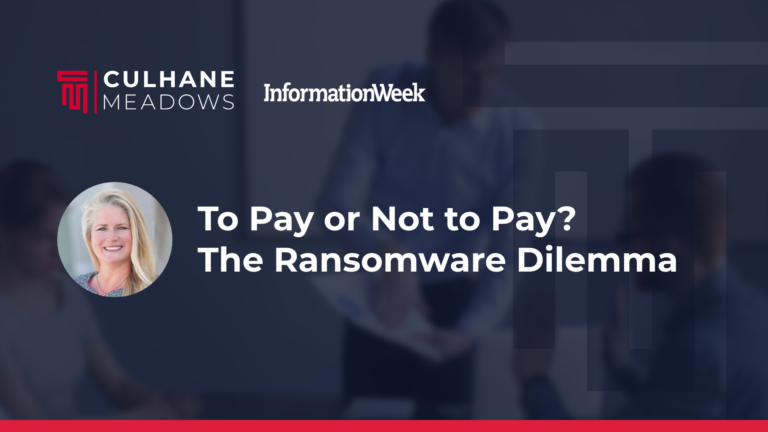“The road to hell is paved with good intentions.”
On Wednesd ay, May 18, 2016, with good intentions to “raise middle class wages and help working families get ahead”, the federal Department of Labor (“DOL”) issued its final rule updating overtime protections. This is the first major change to the Fair Labor Standards Act (“FLSA”) since 2004. The final rule is to take effect on December 1, 2016. This gives employers approximately 190 days to figure it out and get ready. While it will take a lot of creativity and even more hard work to prepare for this road trip in the next 190 days (and even more diligence to successfully navigate after the rule goes into effect), it is not all gloom and doom for employers.
ay, May 18, 2016, with good intentions to “raise middle class wages and help working families get ahead”, the federal Department of Labor (“DOL”) issued its final rule updating overtime protections. This is the first major change to the Fair Labor Standards Act (“FLSA”) since 2004. The final rule is to take effect on December 1, 2016. This gives employers approximately 190 days to figure it out and get ready. While it will take a lot of creativity and even more hard work to prepare for this road trip in the next 190 days (and even more diligence to successfully navigate after the rule goes into effect), it is not all gloom and doom for employers.
There are three key provisions of the new regulations that all employers and Human Resources professionals need to know. The biggest and most impactful change, is the increase in the salary threshold for exempt status. Since 2004, the regulations stipulate that, in general, any employee earning less than $23,660 a year or $455 per week is a “nonexempt” employee. Under the FLSA, a nonexempt employee is entitled to overtime pay when working over 40 hours in a workweek regardless of whether the employee is paid on an hourly or salary basis.
The new threshold has now doubled to $47,476 per year or $913 per week. To come up with this number, the DOL looked at national census data. But, instead of looking to the 10th or 20th percentile of wage earners, as they have done in the past, this time, the DOL chose to look at the 40th percentile. Thankfully for everyone, in response to public comments regarding regional variations in income, the DOL decided not to use national data. Instead, the DOL based this new salary threshold on data gathered from the 40th percentile of weekly earnings of full-time salaried workers in the U.S.’s lowest-wage earning region – the South.
What does this change mean for employers? Any employee previously classified as exempt who does not meet this new salary threshold will no longer be considered exempt and will eligible for overtime.
What can an employer do? There are many options if we think creatively, but here are just a few. First, employers can pay time-and-a-half, raise workers’ salaries above the new threshold, limit workers’ hours to 40 per week, or a combination of these. Additionally, the DOL gave employers a “bonus” with the new rule. Previously, to calculate an employee’s salary for purposes of the exemption threshold, the salary had to be fixed and could not include bonuses and commissions subject to variations based on the quantity or quality of work performed. Now, the final rule allows for up to 10% of the minimum salary level to include nondiscretionary bonuses, incentive pay or commissions. However, there are some hooks. Bonuses must be paid at least quarterly. If not, then an employer has one pay period after the quarter to make up the shortage. The following cannot be included in the salary calculation – discretionary bonuses, lodging, medical, disability or life insurance payments, employer contributions to retirement plans, nor other fringe benefits.
This “bonus” is a positive. But, it comes with much uncertainty. For example, what happens if the employer does not make up the difference? Does the employee lose his/her status for just that pay period? Does the employer then need to figure out overtime for that pay period? What if the employee quits in the middle of this pay period? The answer – be prepared and keep your employment counsel’s phone number close – better yet, memorize it.
The next noteworthy change is that the automatic salary threshold is set to increase every 3 years to ensure that it stays within the 40th percentile of full-time salaried wage earners in the lowest-wage census region.
The last notable change involves the salary threshold for highly compensated employees (“HCE”), which will be increased to $134,004 per year. This increase is in the 90th percentile of full-time salaried workers nationally.
While the new rule will cost employers dearly (the DOL estimates $1.48 billion from employers to employees), it also gives employers the excuse they need to audit and reclassify employees without calling attention to those pesky misclassifications and all the costly liability associated with them. Another hidden “bonus” from the DOL to employers across the nation.
Conclusion
Be very well prepared, well in advance. If you cannot perform a full audit, at a minimum, identify the affected exempt positions where employees earn below the new threshold. Decide whether to simply raise their salaries or reclassify. If you chose to reclassify, outline the tasks each affected employee performs and the number of hours they take to perform those in a week. Perhaps job duties can be redistributed or even outsourced entirely. Adapting to this new rule will not be easy, but it can be done. And, it must be done before December 1st of this year.
Ms. Connolly is a partner in the firm’s Chicago office where she focuses her practice in the area of domestic and international labor and employment. She provides day to day advice and counsel to multinational companies, conducts enterprise risk assessments, compliance audits, internal investigations, as well as provides training for management and employees on employment law, leave laws, anti-discrimination and harassment, diversity, and domestic and international labor and employment law compliance.
This Blog/Web Site is made available by Culhane Meadows, PLLC and its attorneys for educational purposes only and to provide general information about the law—not to provide you specific legal advice. By using this Blog/Web Site you understand that there is no attorney client relationship between you and any Culhane Meadows attorney. This Blog/Web Site should not be used or relied upon as a substitute for competent legal advice from a licensed professional attorney in your jurisdiction. Also, please note that although this Blog/Web Site is made available on the Internet, Culhane Meadows attorneys do not seek to practice law in any jurisdiction in which they are not properly authorized to do so.











